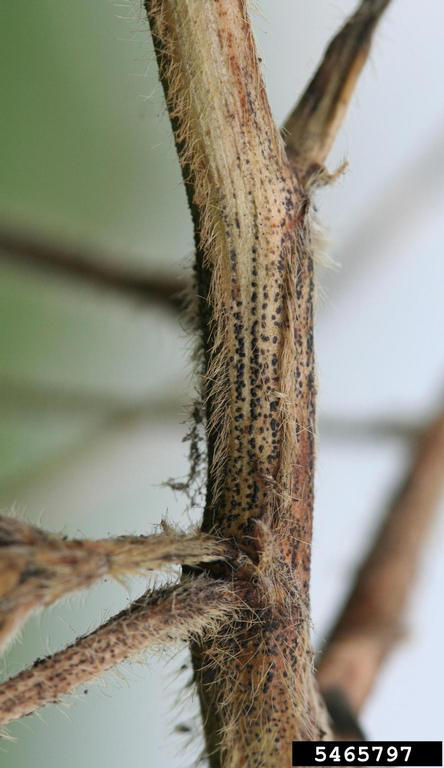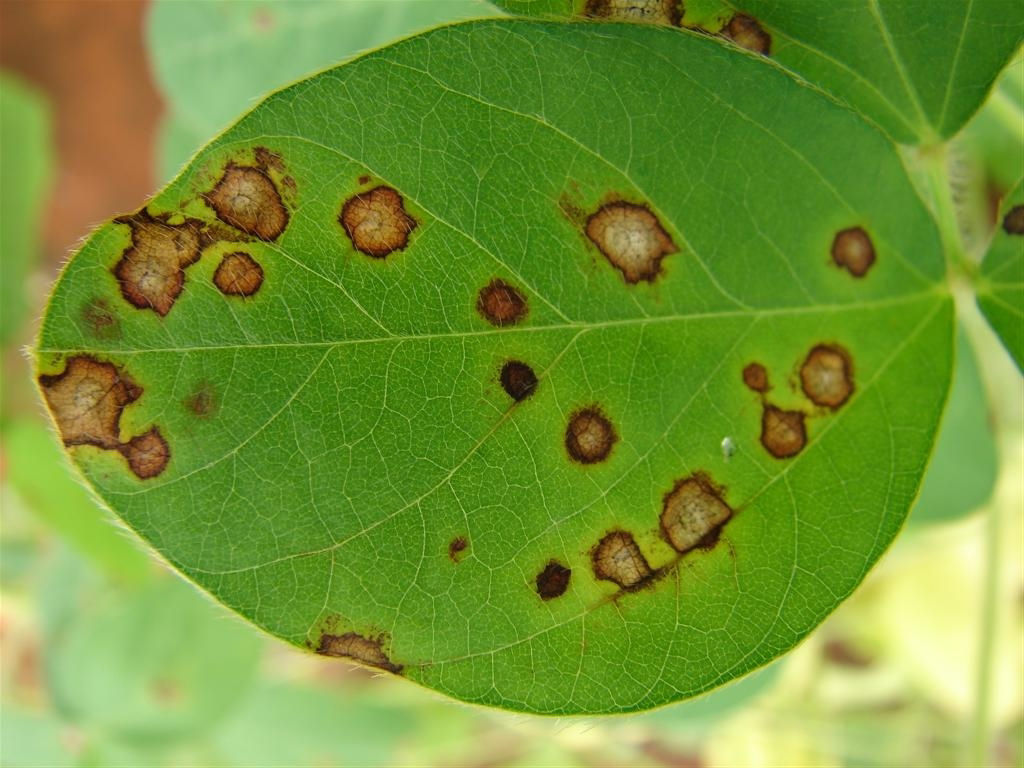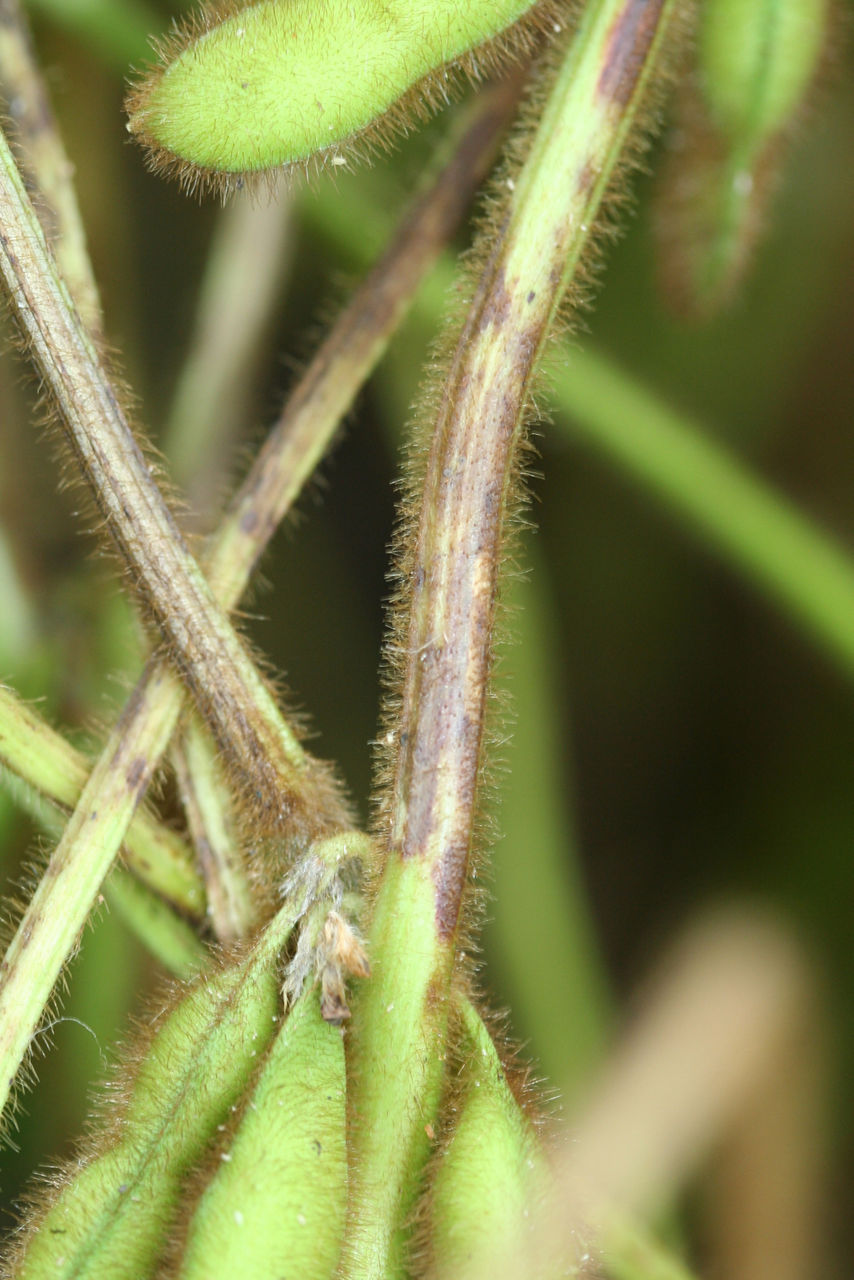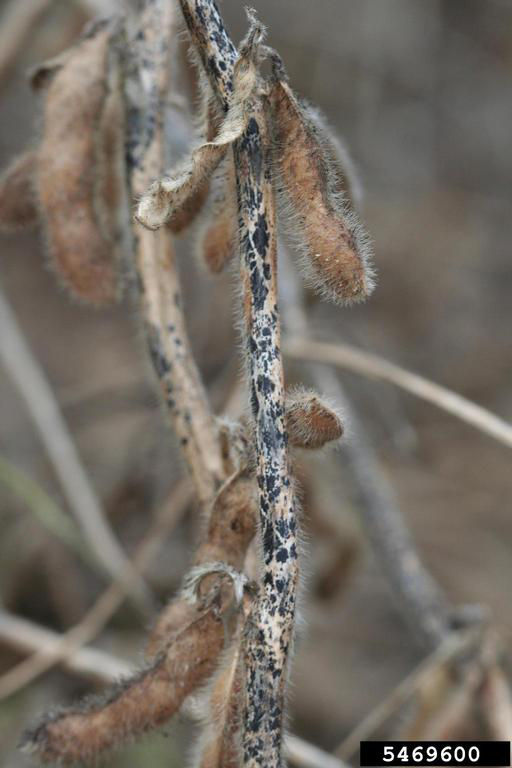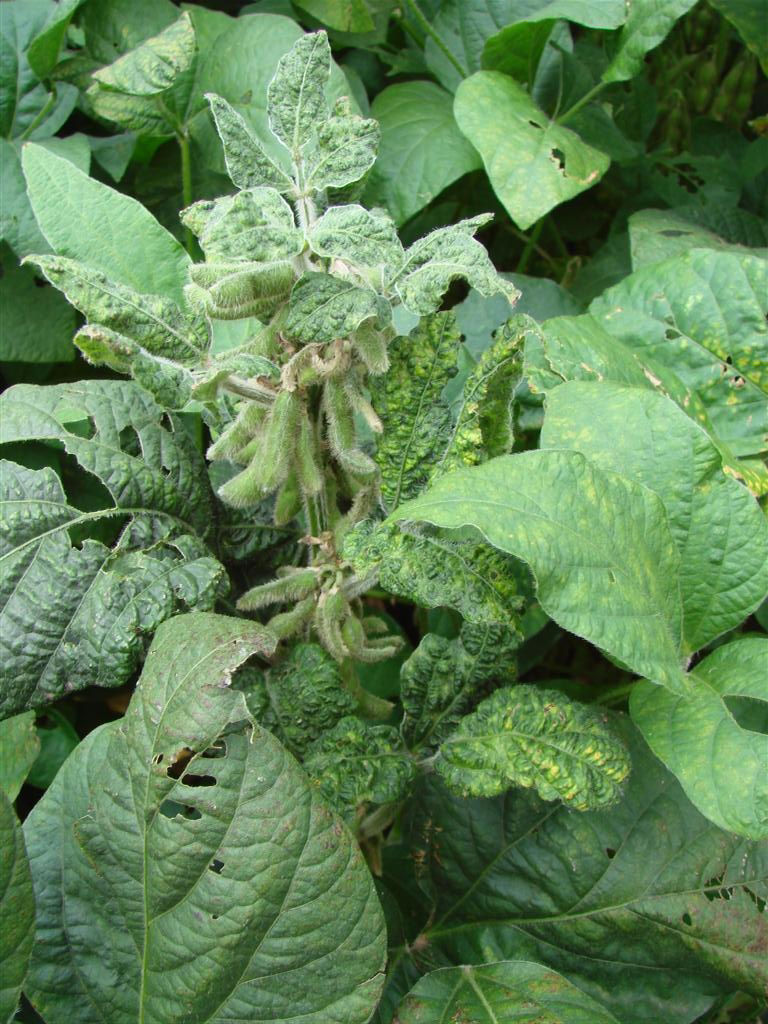4 MIN READ
Discoloration in Soybean Seed
January 14, 2021
Introduction
Soybean seed discoloration or damage can be caused by interactions of environment, insects, and diseases. Economic injury depends on the cause and timing of the causal agent. Discounts may occur at the elevator because of discoloration. Depending on the cause for seed discoloration, potential yield may not be impacted. However, discounts based upon quality and appearance may occur when the grain is delivered for market.1
Seed Discoloration Causes
Purple seed stain, also called Cercospora blight, is caused by the fungus Cercospora kikuchii. It is also known by the names purple blotch, purple speck, purple spot, or lavender spot.2 Infected seed is characterized by pink and varying depths of purple discoloration (Figure 1). The seed may have discolored specks to large blotches that cover the entire seed. Warm, humid weather favors fungi sporulation. Potential yield may not be reduced; however, under severe discoloration, dockage may occur. Along with seeds, Cercospora can also infect leaves, stems and pods.


Seeds infected with pod and stem blight are misshapen or oblong and may have a white mold growth (Figure 2). The seeds become infected when their fungal spores penetrate the pod. Infected plants are generally identifiable by the black specks that appear in rows on the stems and scattered over the pods or zone lines within cortical tissues (Figure 3). Warm, wet weather over prolonged periods during flowering and pod fill favor the disease.
